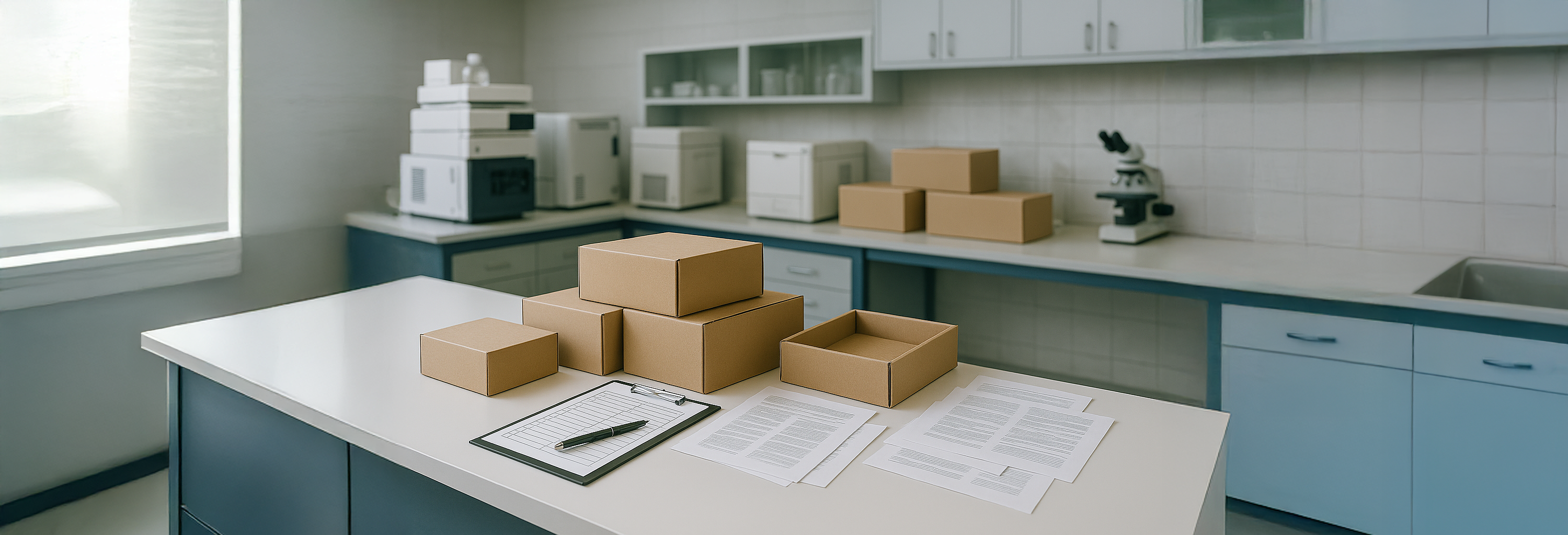Installing a shiny new piece of analytical equipment in your lab can feel like bringing home a brand-new gadget - exciting, promising, and full of potential. But before you start imagining all the groundbreaking data you’re about to collect, there’s an essential, less glamorous task to solve: meeting the preinstallation requirements. These aren’t just suggestions or red tape; they’re the backbone of getting the most out of your investment.
It’s easy to skim past those preinstallation checklists, thinking, "How important can stable temperature or a vibration-free table really be?" The truth is, these requirements play a critical role in ensuring your equipment works as it should, lasts as long as it can, and delivers results you can trust. They’re not just hoops to jump through - they’re the foundation for success.
Why Preinstallation Rules Exist
Modern analytical instruments are marvels of precision engineering. They’re designed to detect the tiniest of details - substances at trace levels, molecular compositions, and even isotopic variations. But this sensitivity comes at a cost: these machines are also highly sensitive to their surroundings.
Without stable power, consistent temperatures, or a clean environment, even the best equipment can fail. Think of it like planting a delicate flower. No matter how healthy the plant is, if the soil is rocky or the watering inconsistent, it’s not going to thrive. The same goes for your instruments. A mass spectrometer, for instance, needs more than just a spot on the bench - it needs the right setup to do its job properly.
The Risks of Skipping the Prep
Ignoring preinstallation requirements can lead to the permanent headaches. Let’s say you skip installing a voltage stabilizer because it seems like an unnecessary extra. A sudden power surge could fry the electronics, leaving you with an expensive repair bill. Or perhaps you set up your high-precision spectrometer in a room without temperature control. Fluctuating temperatures could throw off its calibration, meaning your results are inconsistent - or worse, completely unreliable.
It’s not just the performance that suffers. Neglecting these requirements can shorten the lifespan of your equipment, lead to costly downtime, and even disrupt critical projects. Worse still, inaccurate data could mean repeating experiments, delaying research, or undermining trust in your lab’s capabilities.
Benefits of Doing It Right
When you meet the preinstallation requirements, you’re setting yourself up for success. Your equipment is more likely to work as intended, giving you accurate, reproducible results. It’ll also last longer and require fewer repairs because it’s operating in the conditions it was designed for.
Why Cutting Corners Doesn’t Save Money
It’s tempting to skip a few steps to save time or cut costs, but this approach often backfires. The expenses of repair, maintenance, or even replacing damaged components can far outweigh the initial investment in meeting the requirements. And then there’s the less tangible cost: the time and effort lost to troubleshooting problems that could have been prevented.
Making It Easier to Meet Requirements
The good news is, meeting preinstallation requirements doesn’t have to be a hassle. The key is to plan ahead. Read the guidelines as soon as you order the equipment, and work with your supplier or manufacturer if you have questions. Many companies offer preinstallation checks to help you get it right, so take advantage of these services. Yes, you might need to budget for upgrades to your lab space or infrastructure, but it’s a small price to pay for the long-term benefits.
The Bottom Line
Preinstallation requirements might not be the most exciting part of bringing new equipment into your lab, but they’re among the most important. Skipping them is like driving a sports car without changing the oil - it might work for a while, but it’s not going to last. By taking the time to set up your equipment correctly, you’re protecting your investment, ensuring reliable results, and avoiding unnecessary stress down the line.
So, the next time you’re faced with a checklist of preinstallation requirements, don’t see it as a chore. Think of it as laying the groundwork for everything your lab is about to achieve. After all, great results starts with a solid foundation.

